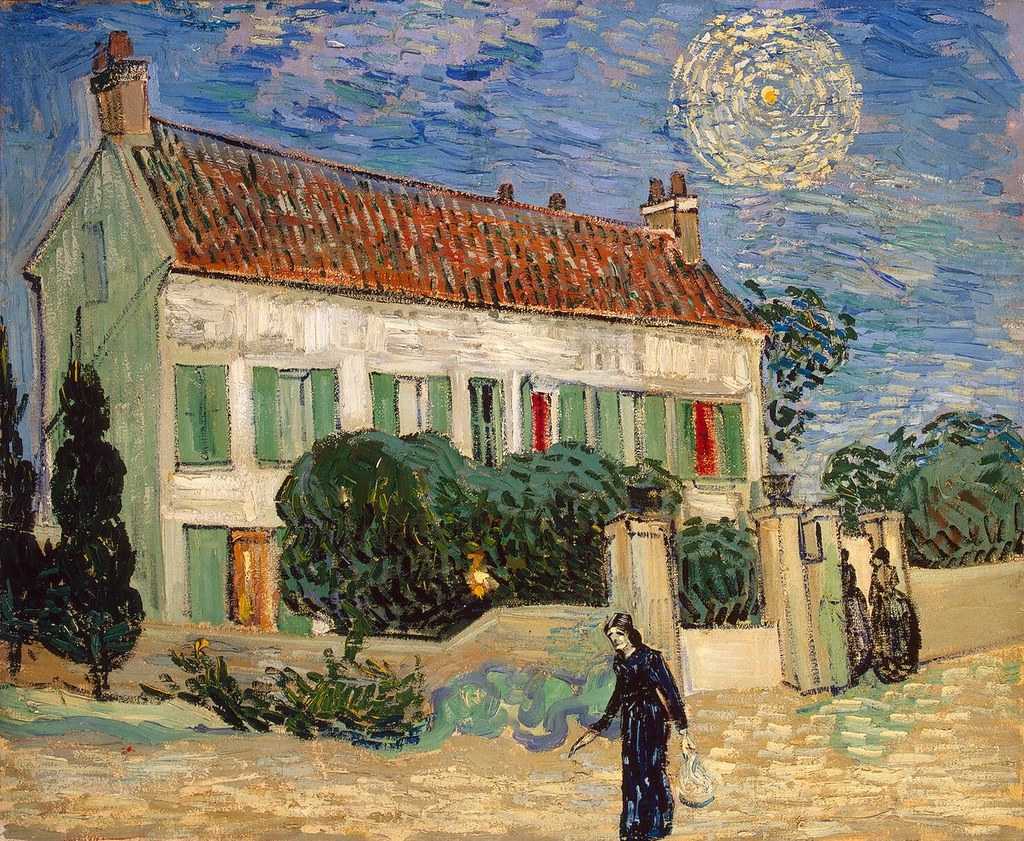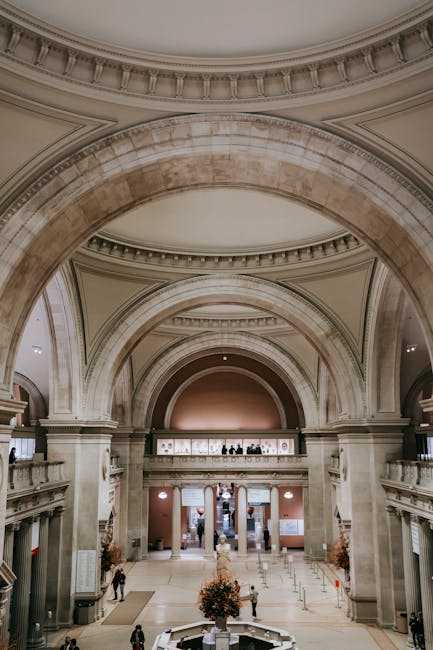In the world of art, few subjects have captivated and inspired artists throughout history quite like the depiction of Jesus in paintings. From the iconic Renaissance masterpieces to contemporary interpretations, the portrayals of Jesus offer a glimpse into the diverse cultural, religious, and artistic landscapes that have shaped our perceptions of this central figure. Join us on a journey through the rich tapestry of paintings of Jesus, exploring the symbolism, emotions, and interpretations that have brought this timeless subject to life on canvas.
Table of Contents
- Exploring the Symbolism in Paintings of Jesus
- Masterful Techniques: Unveiling the Artistry Behind Portrayals of Jesus
- Interpreting Emotions: Understanding the Expressions in Jesus Paintings
- Contemporary Perspectives: Reimagining Jesus in Modern Art
- Q&A
- Final Thoughts


Exploring the Symbolism in Paintings of Jesus
The paintings of Jesus throughout art history have served as powerful visual representations laden with profound symbolism. Artists have masterfully conveyed various aspects of Jesus’s life, teachings, and significance through their brushstrokes, colors, and compositions. Each detail in these masterpieces holds layers of meaning that invite viewers to delve deeper into the spiritual and historical narratives depicted.In these paintings, symbols such as the lamb, the crown of thorns, the fish, and the shepherd’s staff are recurrent motifs that carry rich religious connotations. The use of light and shadow to symbolize divine presence, the placement of hands in specific gestures denoting blessings or teachings, and the choice of background settings all contribute to the intricate storytelling within these artworks. As viewers engage with these paintings, they are not just witnessing artistic renderings but are embarking on a visual journey into the symbolic world of faith, belief, and reverence.
| Symbol | Meaning |
|---|---|
| The Lamb | Symbol of sacrifice and purity |
| Crown of Thorns | Signifies Jesus’s suffering and crucifixion |
| The Fish | Represents faith and abundance |
Masterful Techniques: Unveiling the Artistry Behind Portrayals of Jesus
The portrayal of Jesus in art has been a subject of profound inspiration and creativity throughout history. Artists have employed various techniques to capture the essence and spirit of Jesus in their paintings, creating timeless masterpieces that continue to evoke emotions and provoke contemplation. One such technique is the use of symbolism, where objects and colors are imbued with deeper meanings to convey spiritual truths and narratives. Through the skillful incorporation of symbols like the dove representing the Holy Spirit or the lamb symbolizing sacrifice, artists infuse their paintings with layers of significance that invite viewers to engage in a profound dialogue with the divine.Another masterful technique utilized in the portrayal of Jesus is the careful manipulation of light and shadow to create a sense of depth and drama in the artwork. By skillfully playing with light sources and contrasts, artists are able to imbue their paintings with a sense of mystique and transcendence, drawing the viewer into the sacred world they have crafted on canvas. This interplay of light and shadow not only adds visual interest but also serves to highlight the divine nature of Jesus, casting him in a celestial glow that elevates the painting from mere representation to a transcendent encounter with the divine.

Interpreting Emotions: Understanding the Expressions in Jesus Paintings
When examining paintings of Jesus, it’s essential to delve beyond the brushstrokes and colors to truly grasp the emotions portrayed. The expressions captured in these artworks offer a window into the deeper significance of the scenes depicted, inviting viewers to connect with the spiritual narratives on a profound level.
Through subtle nuances in facial features, posture, and surroundings, artists convey a spectrum of emotions ranging from compassion to sorrow, serenity to exaltation. **Interpreting these emotions** not only enriches our understanding of the religious themes but also allows for a more immersive and contemplative viewing experience.


Contemporary Perspectives: Reimagining Jesus in Modern Art
In today’s diverse art landscape, the portrayal of Jesus in paintings has evolved to reflect contemporary perspectives and cultural influences. Artists around the world have reimagined the iconic figure of Jesus, infusing their work with modern interpretations and creative insights. Through the lens of different artistic styles and expressions, these paintings offer a fresh and thought-provoking look at a timeless subject.Key Themes Explored in Modern Jesus Paintings:
- Intersection of spirituality and technology
- Representation of diversity and inclusivity
- Exploration of social justice issues
Artistic Techniques Used:
- Abstract expressionism
- Hyperrealism
- Minimalism
| Popular Artists | Painting Style | Theme |
|---|---|---|
| Emily Kame Kngwarreye | Abstract | Harmony |
| David LaChapelle | Pop Surrealism | Critique of consumer culture |
| Jenny Saville | Hyperrealism | Body positivity |
Q: Why are paintings of Jesus so significant in art history?
A: Paintings of Jesus hold profound significance in art history as they not only depict religious narratives but also serve as a reflection of cultural beliefs, values, and artistic styles prevalent during different time periods.
Q: What makes the portrayal of Jesus in paintings so compelling?
A: The portrayal of Jesus in paintings is compelling due to the artist’s ability to capture the spiritual essence, compassion, and humanity of Jesus, evoking a sense of connection and introspection in viewers.
Q: How have paintings of Jesus evolved over the centuries?
A: Paintings of Jesus have evolved over the centuries, adapting to changing artistic movements, cultural influences, and theological interpretations, resulting in a diverse spectrum of representations that showcase the dynamic nature of visual storytelling.
Q: What role do Jesus paintings play in religious worship and devotion?
A: Jesus paintings play a significant role in religious worship and devotion by visually conveying sacred narratives, fostering contemplation, and inspiring faith and reverence among believers, contributing to a deeper spiritual experience.
Q: Are there any famous artists known for their iconic paintings of Jesus?
A: Several renowned artists throughout history, such as Leonardo da Vinci, Michelangelo, and El Greco, are celebrated for their iconic paintings of Jesus, each bringing their unique artistic vision and interpretation to the portrayal of the divine figure.
Q: How can paintings of Jesus continue to resonate with audiences in the modern world?
A: Paintings of Jesus continue to resonate with audiences in the modern world by transcending time and cultural boundaries, inviting contemplation, empathy, and dialogue on universal themes of faith, humanity, and redemption that remain relevant across generations.









